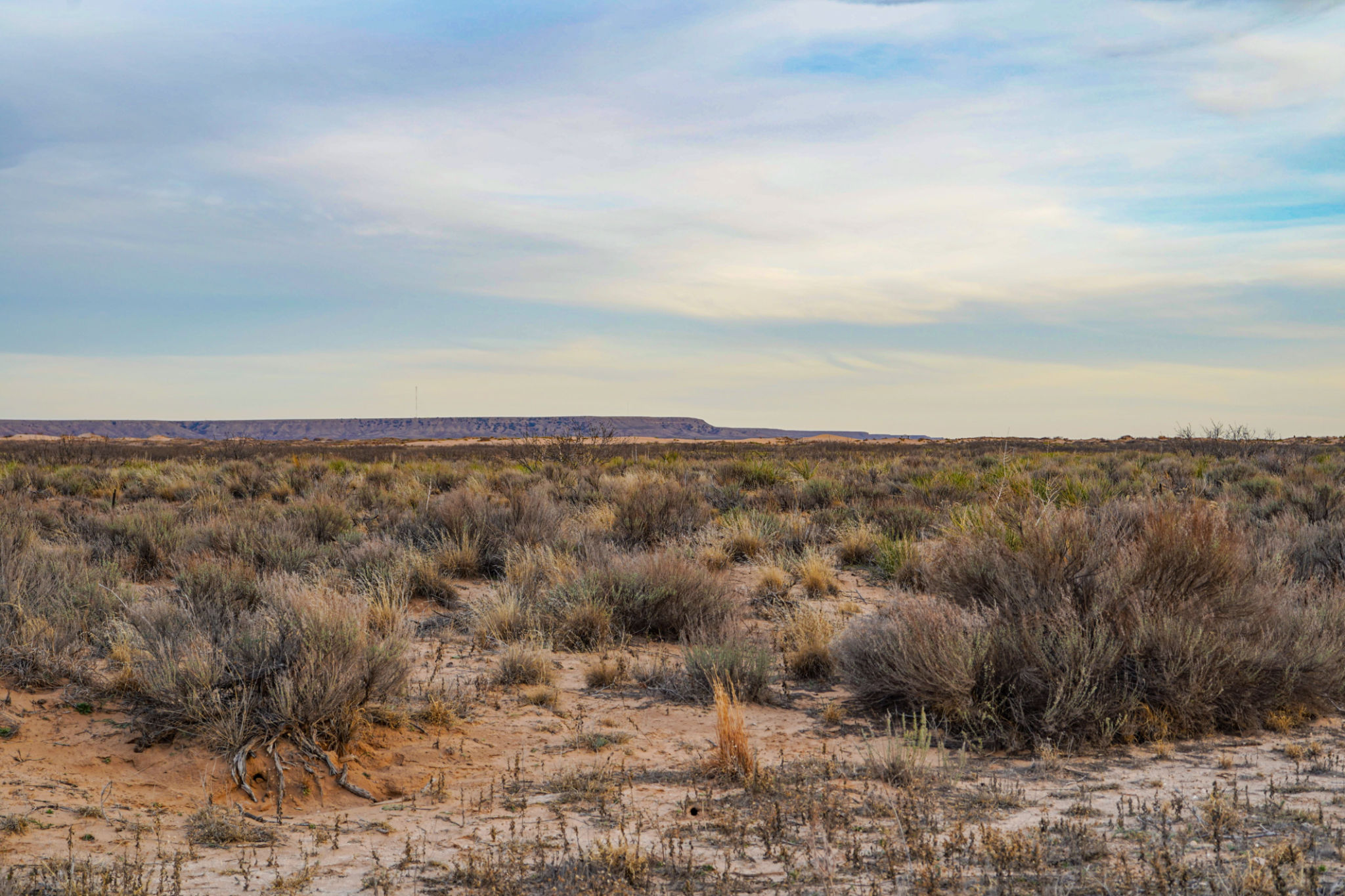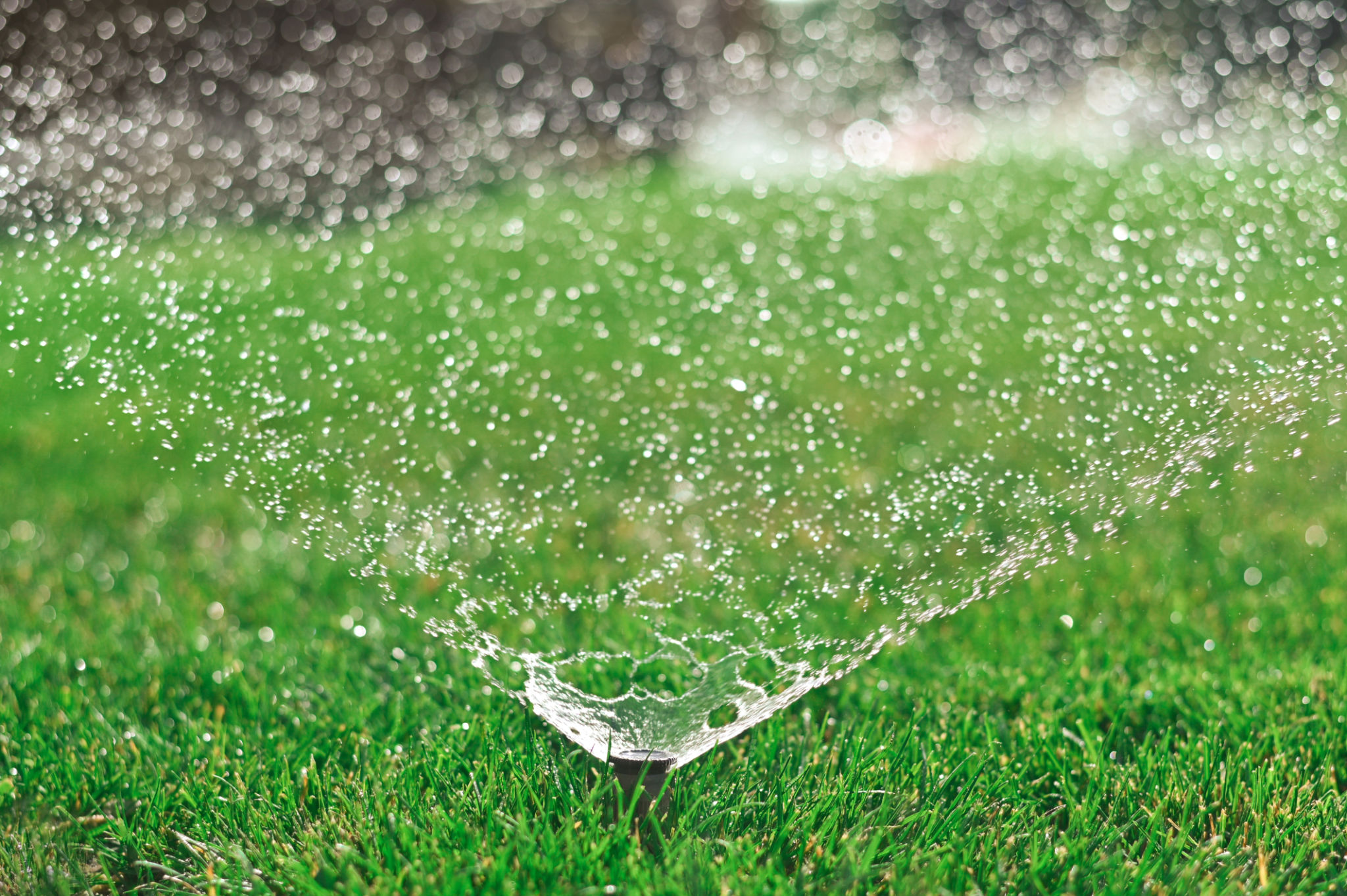DIY Tips for Homeowners: Maintaining a Beautiful Residential Landscape in Texas
Understanding the Texas Climate
Maintaining a beautiful landscape in Texas requires understanding the unique climate of the region. Texas is known for its hot summers and mild winters, which can affect the types of plants that thrive in your garden. It's important to choose plants that are drought-resistant and can withstand high temperatures. Consider native species that are naturally adapted to the local environment for a sustainable landscape.
To keep your garden thriving, it's essential to adapt your lawn care routine according to the seasonal changes. During the hotter months, watering schedules might need adjustments to ensure plants receive adequate hydration without overwatering.

Selecting the Right Plants
Choosing the right plants is crucial for maintaining a beautiful residential landscape. Opt for species that are resilient and require minimal maintenance. Some popular choices in Texas include Texas Sage, Bluebonnet, and Mexican Feathergrass. These plants not only add aesthetic value but also attract local wildlife, promoting a healthy ecosystem.
When planning your garden, consider creating a mix of perennials and annuals to ensure year-round color and interest. Grouping plants with similar water and sunlight needs can also simplify your gardening efforts and enhance the overall health of your landscape.
Efficient Watering Techniques
Water conservation is vital, especially in Texas where droughts are common. Implementing efficient watering techniques can help maintain your garden's beauty while conserving resources. Drip irrigation systems are an excellent choice as they deliver water directly to the plant roots, minimizing evaporation.
- Water early in the morning or late in the evening to reduce water loss due to evaporation.
- Use mulch around plants to retain moisture and keep roots cool.
- Install rain barrels to collect rainwater for garden use.

Lawn Care Best Practices
A well-maintained lawn is the cornerstone of a beautiful landscape. Regular mowing, aeration, and fertilization are key components of effective lawn care. Mow your lawn to a height that promotes root growth and retains soil moisture; typically, this means leaving about three inches of grass height.
Aerating your lawn once or twice a year helps prevent soil compaction and improves water penetration. Additionally, using a slow-release fertilizer will provide your grass with essential nutrients over time without overwhelming it.
Dealing with Weeds and Pests
Weeds and pests can quickly turn a beautiful landscape into an eyesore. Regularly inspect your garden for signs of intruders. Hand-pulling weeds or using organic herbicides can keep them at bay without harming your plants.

For pests, consider introducing beneficial insects like ladybugs or using natural repellents such as neem oil. Maintaining a healthy garden ecosystem often prevents pest outbreaks by keeping natural predators in balance.
Incorporating Hardscapes
Integrating hardscapes such as pathways, patios, or decorative rocks can add structure and visual interest to your landscape. These elements not only enhance aesthetic appeal but also provide practical benefits like reducing soil erosion and making outdoor spaces more accessible.
When planning hardscapes, consider materials that complement your home's architecture and landscape design. Use natural stone or rustic wood to blend seamlessly with the environment while providing durability against Texas's weather conditions.

Seasonal Maintenance Tasks
Each season brings specific tasks that can help maintain your landscape's beauty. In spring, focus on planting new flowers and trimming back any dead foliage from winter. Summer requires diligent watering and monitoring for heat stress signs in your plants.
Autumn is ideal for aerating your lawn and planting bulbs for spring blooms, while winter offers an opportunity to prune trees and shrubs. By staying proactive with seasonal maintenance, you can ensure your landscape remains vibrant throughout the year.
